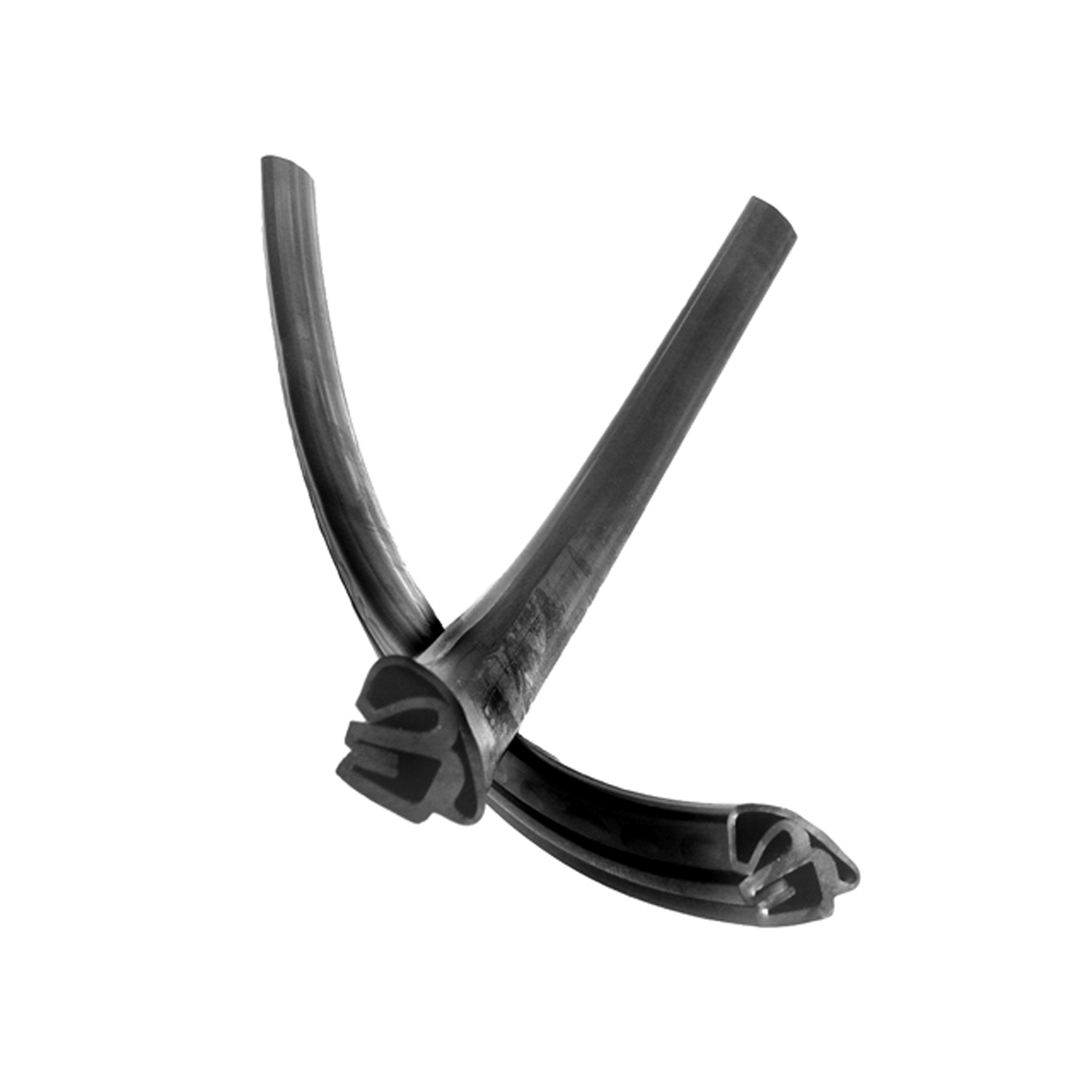Image of 1955 Fiat 500, Note: These illustrations use artistic license and may differ from actual historical models.
Performance Metrics
Fundamental Metrics
Emotional Appeal
MMP Rating
| Engine Specifications | |
|---|---|
| Engine: | Inline 2-cylinder |
| Displacement: | 479 cc |
| Horsepower: | 13-15 hp |
| Torque: | Estimated at 20 lb-ft |
| Compression Ratio: | 6.5:1 |
| Ignition System: | Coil ignition |
| Cooling System: | Air-cooled |
| Performance Specifications | |
| 0-60 Time: | Not applicable (the car's top speed is less than 60 mph) |
| 1/4 Mile Time: | Not applicable |
| Top Speed: | 53 mph |
| Transmission and Drive | |
| Drive Type: | Rear-wheel drive |
| Transmission Type: | 4-speed manual |
| Fuel and Efficiency | |
| Fuel System Type: | Carburetor |
| MPG: | 52 mpg |
| Dimensions and Brakes | |
| Brakes: | Drum brakes |
| Wheelbase: | 72.4 inches |
| Weight: | 1100 lbs |
Note: Specifications for classic cars are given to the best of our ability, considering the limited and variant data available.
Unveiling the Charm of the 1955 Fiat 500
The year 1955 marked the arrival of a diminutive yet significant automobile on the European stage – the Fiat 500. Crafted by the storied Italian manufacturer Fiat, this microcar emerged as a symbol of post-war recovery, embodying an affordable means of mobility for the masses. The Fiat 500, often referred to affectionately as "Topolino" by its legion of fans, was not just a car; it was an emblem of Italian ingenuity and economic resurgence. A notable moment in its history was when it became an unexpected icon of style and design, far beyond its utilitarian roots.
Design and Innovation
With its compact dimensions and rounded silhouette, the 1955 Fiat 500's exterior styling exuded charm and simplicity. The vehicle's small stature concealed a surprisingly spacious interior, where quality materials were chosen to provide durability over luxury. Technologically, the Fiat 500 was a marvel of efficiency with its rear-mounted engine and space-saving layout. Color options ranged from vibrant reds to subtle blues, with pastel shades being particularly popular among discerning buyers. The most iconic body style was undoubtedly the two-door sedan, which captured hearts with its blend of practicality and personality.
Historical Significance
The Fiat 500's impact on automotive design cannot be overstated. It set itself apart with a rear-engine configuration that influenced a generation of small cars. Its legacy is evident in how it democratized mobility in Italy and inspired similar approaches in other countries, paving the way for modern city cars.
Performance and Handling
Underneath its petite hood lay an air-cooled engine that delivered modest performance figures by today's standards but was more than adequate for the era's urban environment. The top speed hovered around modest highway speeds while acceleration from 0-60 mph was measured not in seconds but in patience and perseverance. Handling was nimble due to its lightweight construction, allowing it to navigate through narrow streets with ease. Drivers often reveled in the mechanical symphony of its small engine and the direct feedback from the road that came unfiltered through its thin steering wheel.
Ownership Experience
The 1955 Fiat 500 found its place as a daily driver for many, though over time it has also become a cherished show car and collector's item. Its simplicity meant that maintenance could often be undertaken by the owner themselves, contributing to a reputation for reliability. However, parts may now be rarer due to its age.
Fun Facts
This tiny automotive giant has seen its share of limelight with rare editions that enthusiasts seek out fervently. Celebrity ownerships have added to its allure, with famous personalities often seen behind its diminutive wheel. While criticisms over time have centered on its lack of power or modern comforts, none can overshadow its charm and historical importance.
Collector's Information
The current value range for a well-preserved 1955 Fiat 500 can vary widely based on condition, originality, and history. With production numbers in the thousands, these vehicles are relatively rare but can still be found by dedicated collectors. Over time, values have generally appreciated as classic microcars have become more desirable among enthusiasts.
Conclusion
The 1955 Fiat 500 is more than just a car; it is a cultural icon that represents an era of transformation and innovation. Its significance lies not just in design or technology but in how it captured the spirit of resilience and optimism in post-war Italy. As we reflect on this charming classic, we are reminded that greatness often comes in small packages.
1955 Fiat 500 Catalog of Parts
 1955 Fiat 500 Vertical Seals. Pair-VS 20Vertical Seals. Pair
1955 Fiat 500 Vertical Seals. Pair-VS 20Vertical Seals. PairWhy Choose Metro?
For over 100 years, Metro Moulded Parts has been the pinnacle of quality in classic car restoration parts. Our commitment to precision and authenticity in every component ensures a perfect fit and an OEM-level appearance.
- Expert Craftsmanship & Quality: Each part is a testament to our dedication to reliability and perfection, crafted from original designs and thoroughly tested.
- Advanced Technology: We use cutting-edge techniques to create flawless, long-lasting parts that surpass others in performance.
- SuperSoft Sponge – The Ultimate Door Seal: Not only are our door seals 30% softer than competitors', but they're also guaranteed to never leak. They effectively reduce wind and road noise, enhancing your classic car's comfort and driving experience.
- Proudly American: Our parts are a product of American craftsmanship, made in the USA with a spirit of excellence and heritage.
- Unrivaled Warranty: We back our products with a 30-year industry-leading warranty, a testament to our confidence in their quality.
Join us in preserving the legacy of classic cars with parts that are crafted for perfection, not just made.

